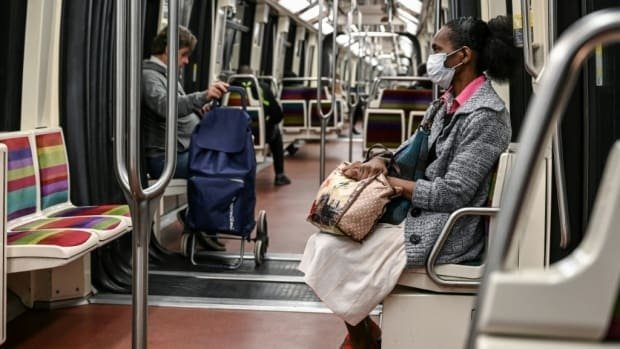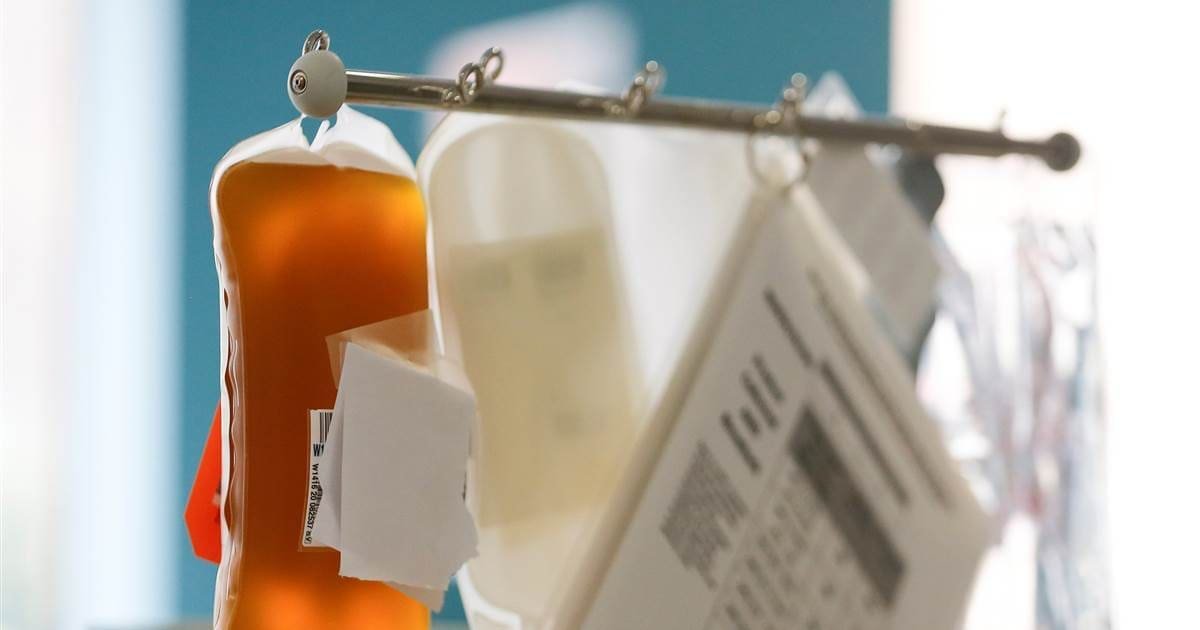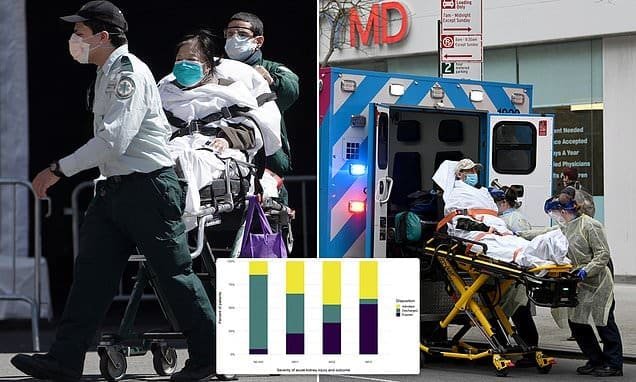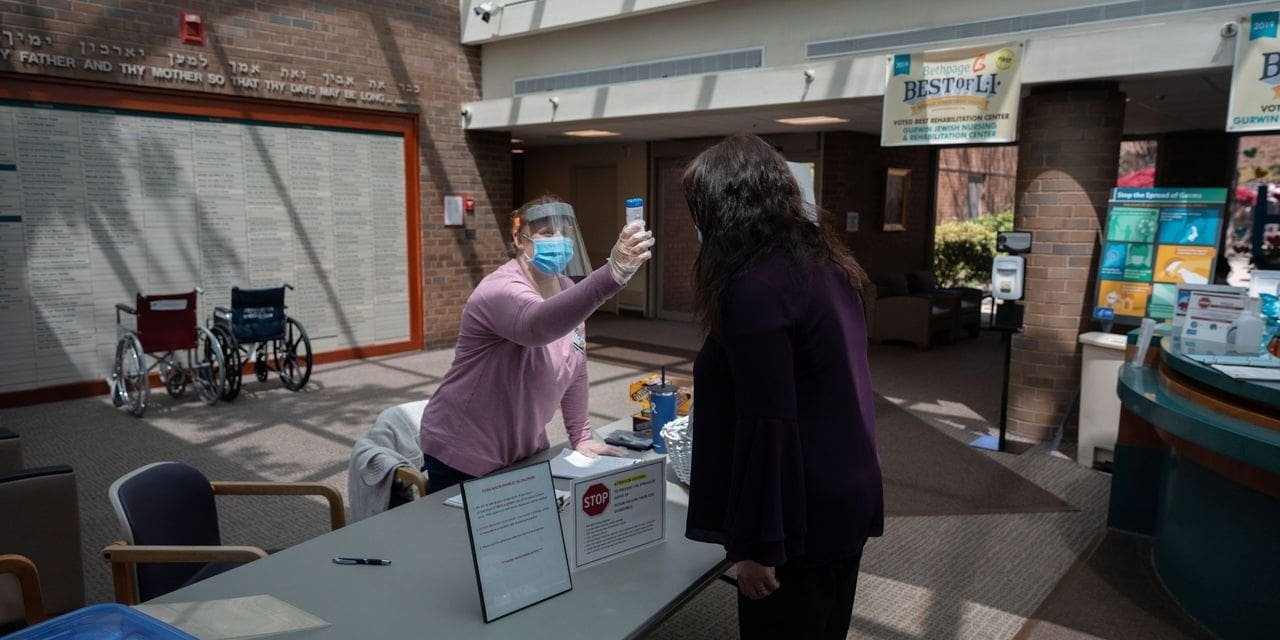As lockdowns lift, ‘second wave’ concerns grow
PARIS, FRANCE —
As several nations begin relaxing their lockdowns following an initial peak in COVID-19 cases, attention is turning to how they can avoid a “second wave” of infections as social distancing is eased.
Italy and Spain — two of the hardest-hit countries — have already started allowing people outside to exercise for the first time in nearly two months, and several U.S. states are allowing businesses to reopen.
In France, where confinement measures are set to lift on May 11, Prime Minister Edouard Philippe said there is a “fine line” between lifting restrictions on movement and avoiding a new surge in infections of a disease that has killed nearly a quarter of a million people globally.
“The risk of a second wave — which would hit our already fragile hospitals, which would need us to reimpose confinement and waste the efforts and sacrifices we’ve already made — is serious,” he said last week.
Social distancing has proved effective in flattening the curve of new COVID-19 cases, buying health systems crucial time to recover and regroup. But it has also meant that a very small percentage of populations are likely to have been infected and thus developed immunity.
France’s Pasteur Institute estimates that only around six per cent of the country’s population will have been infected by May 11.
Even in virus hotspots in France, it is thought that no more than 25 per cent of people caught COVID-19 during the pandemic’s first wave.
This means that without a viable vaccine, experts say it is impossible to imagine life returning to normal any time soon.
WAITING GAME
“It will take several weeks or even several months to see the virus circulating again” at a high level, virologist Anne Goffard told France Inter radio.
A second wave of infections was likely, she said, “at the earliest at the end of August”.
But while experts are more or less united on the probability of a new spike in cases as lockdowns are eased, there is debate over how the second wave will compare with the first.
Some senior health officials — notably in Germany and the U.S. — have warned it could bring even more infections than the March/April peak. Others are more optimistic that changes in personal behaviour could slow new cases.
Pierachille Santus, a lung expert based in Milan, said the second wave “will probably be smaller than the first” thanks to control measures.
It is not yet known how or if the novel coronavirus will respond to warmer weather. Other viruses tend to go dormant during summer months.
“There’s probably a link (between the virus) and heat and humidity,” Jean-Francois Delfraissy, president of France’s science council, said Monday.
“We’re expecting a fairly peaceful summer,” he said, warning however that the virus could return forcefully towards the end of the year.
Even if businesses can reopen and people return to the streets, there are several ways of slowing the virus spread.
These include keeping your distance from others, avoiding touching your face, washing your hands, wearing a mask while in public — all habits people have, to some extent, picked up during the first wave.
One model run by the Public Health Expertise research group showed that such measures could reduce expected total COVID-19 deaths to 85,000 in France, compared with an anticipated 200,000 with no social distance or mask wearing.
Yet even in the best case scenario of new infections, hospitals are likely to be inundated with fresh patients.
‘MINI-WAVES’
Other vital measures after lockdowns end are testing and contact-tracing — seeking out those new infections and isolating people they have been in close contact with.
Were countries able to ramp up their testing and tracing capacity, “we could have a series of mini-waves,” according to Didier Pitter, head of infection control and prevention at Geneva University Hospitals.
Governments will seek to limit the transmissions rate of COVID-19 (R0) to below one: that is, each infected person infects fewer than one other on average.
A study published last month in The Lancet showed that testing, contact tracing and isolating confirmed infections reduced R0 in the southern Chinese city of Shenzhen to 0.4.
This helped the city avoid an outbreak such as the one that hit Wuhan, where the virus first emerged in December.







Recent Comments